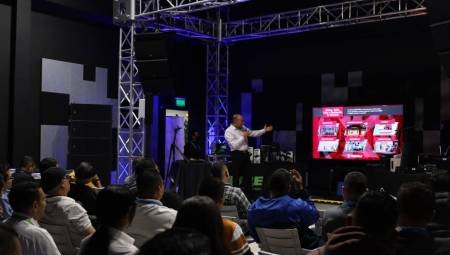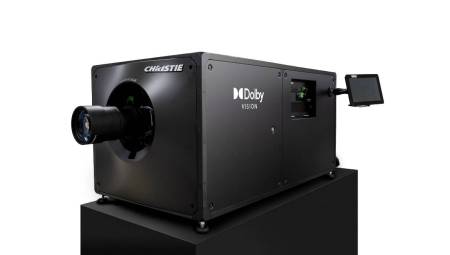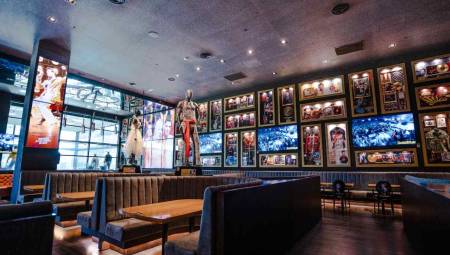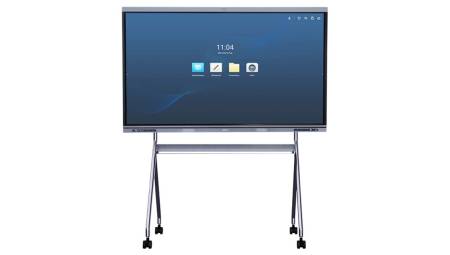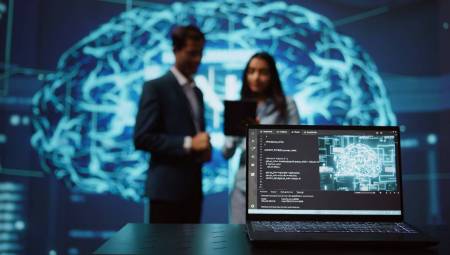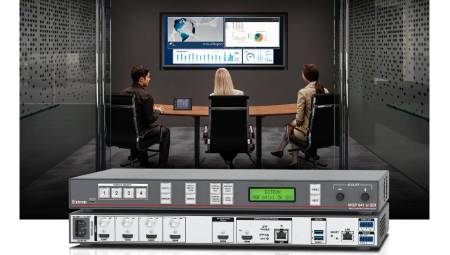 If the design offers an automation system within the programming, only locate what is strictly necessary and reduced in functions in the control of the end user.
If the design offers an automation system within the programming, only locate what is strictly necessary and reduced in functions in the control of the end user.
Juan Tamayo, CTS*
Digitalization and connection with the world have made technology more and more applied in the classroom. From universities to elementary schools in North America, communication systems such as video conferencing, mixers and wireless systems have been modernized and included in their inventory. Latin America, seeing this modernization, has decided not to be left behind and little by little has been implementing some technologies in its classrooms.
Next, as always, I will try to deliver some tips on how to build a system thinking about the user who manipulates them, the educator.
Generally teachers do not have a technological education dedicated to automation of audio visual systems as we designers have, so it is our duty as professionals to be able to design systems that are friendly, easy to operate and that offer safety in operation. That's why I offer you this small list of recommendations:
1. If your design offers an automation system within the programming, only locate what is strictly necessary and reduced in functions, such as, for example, watching computer presentation in video projector. It only requires a push button that says "pc projection on projector", this button will internally lower the curtain, turn on the video projector and locate the correct input source.
The more options a person has to manipulate, the longer it will take for their brain to decide which option is right. And if you get it wrong, your level of tolerance for failure will be reduced. And if you make mistakes constantly, you will end up getting frustrated and decide not to operate the system anymore. Not to mention the degree of maturity of some people who will be able to make jokes enlarging the problem.
If you want to know more about graphic interface design, in AVI LATINOAMÉRICA we have written articles on the subject. But if you want to dig deeper, AVIXA and automation manufacturers own very comprehensive design articles ranging from selection theories to color theories.
2. Locate items that are not visible but easily accessible. For example, if the classroom you designed has an audio amplification system, the amplifier, processor, and other equipment should be hidden, but inside the room if possible. This in order that if any procedure is required, technical staff has easy access and can quickly diagnose or solve the problem with immediate feedback. I believe that it should be kept hidden since it can be a distraction factor for the educator or the student, some electronic systems generate noise in their normal operation.
3. There are many technologies on the market, in Audio-Technica (www.audio-technica.com) we have been helping to develop audio projects within rooms and successfully we have managed to install more than 20 rooms per building, each with two wireless channels, making each classroom operate without problem and with a technical support rate in a low time.
For this we use technologies with low error rate such as the ATW-1312 wireless microphones, which have a dual receiver with a beltpack microphone and a handheld microphone. The System10 line, of which these elements are part, does not require a frequency configuration, since the system does it automatically, considerably reducing the possibility of system failure.
For the mixing of the signals, the ATDM-0604 mixer is used, which is a digital mixer with six (6) audio inputs which is configurable by an ethernet network and its front panel is lockable to avoid system mismatches. If the teacher has a problem with the system, what he does is contact the technician in charge and he can remotely check the system, if the failure is serious or cannot be solved, he proceeds to visit the room.
4. It is important that there is within the programming of the room the previous knowledge and educator-technician relationship, since the operator can perform a preconfiguration of the system or even have a scene ready for the teacher to quickly configure his room for the class. I consider this point to be one of the most important.
This is just a small summary of several years of experience designing and applying audio systems combined with the knowledge I have gained through my engineering colleagues at Audio-Technica. There are many ways to design and implement an audiovisual system for classrooms, but all designs have something in common: if the end user is not known, their design may not satisfy them.
Always interview with him, with the end user, ask him how his operation is, the degree of technological knowledge. Even ask them for opinions on how you would like to operate the room (clarify that you are collecting ideas to apply them), so you can make a design focused from several points of view.
*Juan Tamayo is a senior application engineer for Audio-Technica Latin America, with more than 10 years of experience performing audiovisual projects as a designer, integrator, consultant, among other functions. You can write to the mail [email protected]






